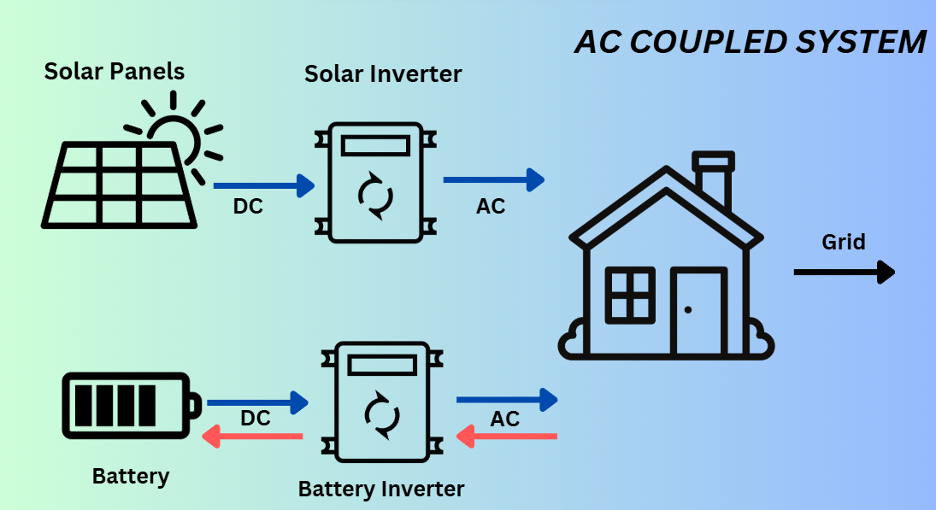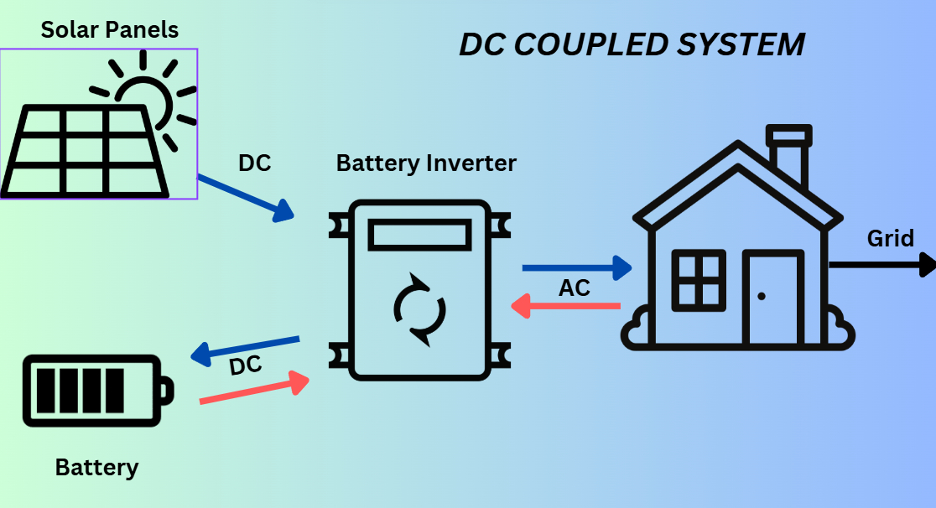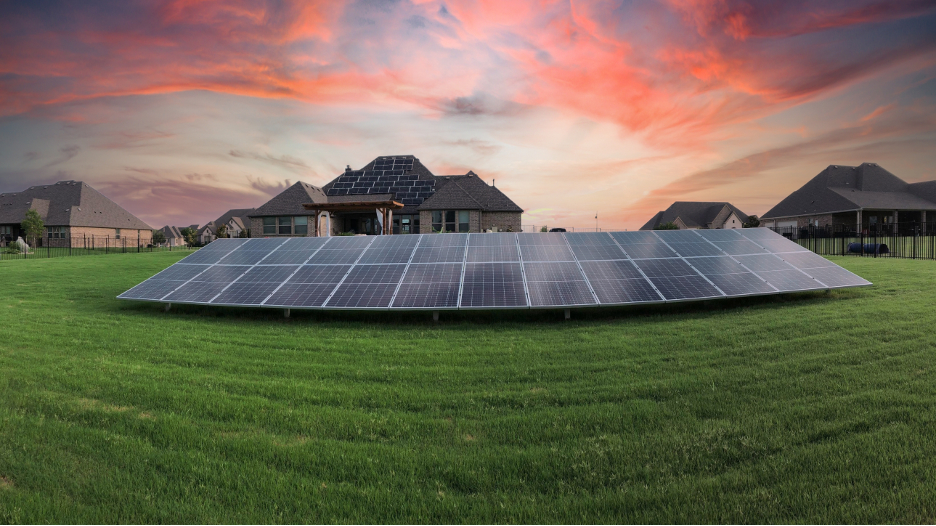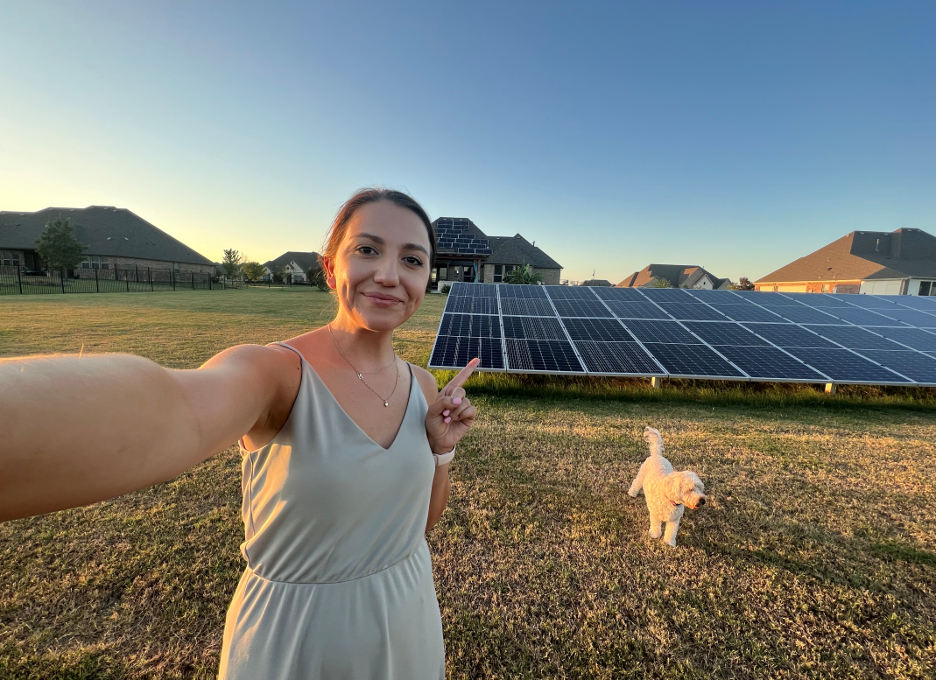
Address
1758 Firman Dr. Suite 100 Richardson, TX 75081
Call
(972) 675-7725
In today’s video I want to dive deeper into a battery comparison. Tesla Powerwall 3 is a top-rated product and subject for homeowners on YouTube. But is it the ONLY choice there is? Today we will look at another big competitor EP CUBE by Canadian Solar. This battery has a different design as it is a stackable battery. The main inverter is a smaller size but can also be stacked. There are some major differences to these two products, so let’s look into it and see if we have a clear winner? Who makes the best solar battery backup for homes ????
I also created a table comparison for you, if you would like to get a link to it let me know in the comments, and I will make sure to send it your way!
If you are looking to install a solar system for your home, I truly hope that my videos will become a guide for you. You can also reach out to me for help or a quote if you are in the DFW area.
Email: This email address is being protected from spambots. You need JavaScript enabled to view it.
Phone ( text or call) 972 675 7725
I also do solar consultations all over USA, just send an email and we can schedule something.
EP Cube vs Tesla Powerwall 3: Who Wins as The Best Home Battery Back Up?!
While Tesla's Powerwall 3 has been dominating headlines in the residential solar sector, it's not the only compelling option available. Today, let's explore EP Cube by Canadian Solar and see how it stacks up against Tesla's latest offering. Is there a clear winner? Let's dive deep into the specifications and features.
Understanding DC vs AC Coupled Systems
Before comparing these specific products, it's essential to understand the basic principles of battery systems.
The Basics of Power Conversion
Two Types of Battery Systems:


Both the Powerwall 3 and EP Cube are hybrid inverters that can charge batteries directly from DC, maximizing efficiency.
EP Cube: The Modular Solution
Key Features:
Technical Specifications:
Unique Features:
Tesla Powerwall 3: The All-in-One Solution
Key Features:
Technical Specifications:
Head-to-Head Comparison
Installation & Design
EP Cube:
Powerwall 3:
Power Output
EP Cube:
Powerwall 3:
Monitoring & Safety
EP Cube:
Powerwall 3:
Making Your Choice
Choose EP Cube if you want:
Choose Powerwall 3 if you want:
The Bottom Line
Both systems offer excellent solutions for home energy storage. EP Cube excels in flexibility and customization, while Powerwall 3 offers simplicity and higher power output in a single unit. Your choice should depend on:
Remember, both options provide reliable backup power and can significantly enhance your home's energy independence. The "better" choice depends entirely on your specific situation and preferences.
Looking for installation guidance or have specific questions about either system? Share your thoughts in the comments below.
We have had solar panels on our family home for 4 years now. Lets look at the numbers! So it is now time to look at our production numbers and see if going solar makes any financial sense! We will look at it in a few price ranges of what you pay per kWh in your area! :) Let's see if the return on the investment is worth it or if we wasted a lot of money.... Do I still think getting solar panels installer was a good idea? Let’s see.... If you are looking to install a solar system for your home, I truly hope that my videos will become a guide for you. You can also reach out to me for help or a quote if you are in the DFW area.
Email: This email address is being protected from spambots. You need JavaScript enabled to view it.
Phone ( text or call) 972 675 7725
After promoting solar energy for over 14 years, it would have been strange not to have a solar system on my own home. Today, I'm sharing our comprehensive 4-year analysis of our 70+ panel installation in Lucas, Texas, answering the crucial question: Does installing solar panels make financial sense?
Our Unique System Design
We implemented a diverse installation approach to test different configurations:
This variety allows us to analyze performance across different orientations and mounting types.
Ground Mount: The Hidden Champion

Why Consider Ground-Mounted Systems?
For homeowners with available land (1+ acre), ground-mounted systems offer several advantages:
HOA Considerations
We successfully implemented a ground-mount system in an HOA area by:
System Configuration Analysis
Our Setup
Financial Analysis: 4 Years of Data
Total Investment
Production Values at Different Rates
At 17¢/kWh:
At 19¢/kWh:
At 25¢/kWh:
Production Statistics
Total Production: Nearly 150,000 kWh Full Year Averages:
Key Performance Metrics
Real-World Performance Insights
Technical Considerations
Panel Choice
Installation Tips

For ground mounts:
Conclusion
After four years of operation, our solar installation has proven to be a sound financial investment. With two years remaining until complete ROI and consistent production numbers exceeding expectations, the system demonstrates that properly designed solar installations can deliver significant financial benefits while providing clean energy.
The key to success lies in proper system design, understanding local conditions, and choosing the right equipment for your specific situation. Whether roof-mounted or ground-mounted, solar can be a viable investment when properly planned and executed.
Looking for solar consultation in the DFW area? Contact us for a free quote. We also offer nationwide consultation services for those looking to understand their solar options better.
Is lithium on its way out!? Sodium Ion Battery begun MASS production already... CATL and BYD are one of the biggest world battery makers, and both of them are betting their money on Sodium Ion being- the new battery gamechanger. We are seeing huge improvements as far as safety and cost goes! Sodium is much more abundant on Earth than Lithium so will those batteries be cheaper? When will we see this technology available to everyday American? Imagine buying a backup battery for your home for less than $1,000! Wouldn't that be so cool?!
The time has come, to test these two together! Enphase IQ8A Microinverter versus Tigo Power Optimizer + SMA String Inverter! We performed another set of 20+ Tests, with and without shading to determine which one wins the battle! Are they really that different? What is the cost comparison? What do you guys think? Let me know!
Howdy! Today we are talking about the future of wind turbines in residential applications. Are they worth our time and money, or could they destroy the solar panel industry and take over as a major renewable energy resource. We will talk about about how wind turbines work, what are their prons and cons, and we will also talk about a few Viral products that could potentially make wind a viable option as a residential/ home power source. If you have any other cool products you would like for me to look into, let me know down in the comments!! GLOBAL WIND ATLAS:https://globalwindatlas.info/en
Tesla Powerwall 3 is HERE! And It seems like Tesla will totally shake up the solar industry! This time our battery giant is coming out with a HYBRID! DC Coupled battery by Tesla will have a solar and battery inverter built into one. Today we are diving into this new battery, we will talk about its specs, overall features and my personal thoughts on it. Please share your opinion on it down in the comments! If you are looking to install a solar system for your home, I truly hope that my videos will become a guide for you. You can also reach out to me for help! via: This email address is being protected from spambots. You need JavaScript enabled to view it., especially if you're in DFW Area.
I decided to TEST whether Power Optimizers are worth your money. We performed over 20 different tests over 2 months period. Only 12 made it to the video, so we don't repeat too much footage! We gathered data and came to some conclusions! Please let me know in the comments what are your thoughts? How else should we have tested that theory? Any other ideas for tests in the future? Do you think micro-inverters would behave the same as Power Optimizers? A future video coming!!! Let me know!
I decided to TEST whether Power Optimizers are worth your money. We performed over 20 different tests over 2 months period. Only 12 made it to the video, so we don't repeat too much footage! We gathered data and came to some conclusions! Please let me know in the comments what are your thoughts? How else should we have tested that theory? Any other ideas for tests in the future? Do you think micro-inverters would behave the same as Power Optimizers? A future video coming!!! Let me know!

Address
1758 Firman Dr. Suite 100 Richardson, TX 75081
Call
(972) 675-7725